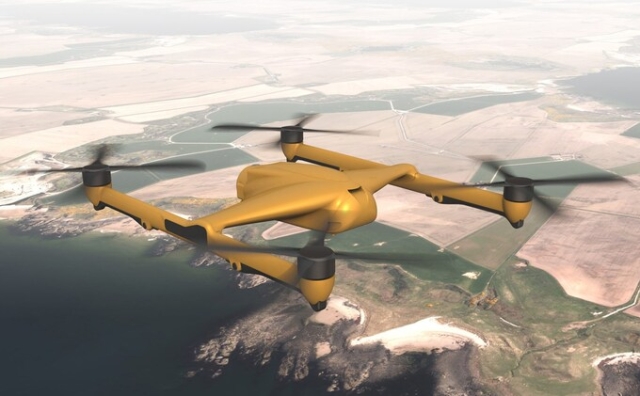 BAE is working with Malloy to develop the T-650 electric drone, which can carry up to 300 kg
BAE is working with Malloy to develop the T-650 electric drone, which can carry up to 300 kg
BAE Systems is developing a new generation of heavy military drones that will be able to evacuate wounded soldiers and deliver supplies after acquiring a fast-growing British manufacturer.
The FTSE 100 defense giant on Thursday struck a deal to take over Malloy Aeronautics for an undisclosed sum, The Telegraph reported.
Berkshire-based Malloy is behind the drones that the UK government purchased and supplied to Ukraine during the country's crisis. war with Russia.
The acquisition strengthens BAE's presence in the fast-growing drone market as the technology is seen as having huge potential for both military and civilian applications.
BAE is working with Malloy to develop the T-650 electrically powered drone , which can carry a payload of up to 300 kilograms — about the same as a grand piano weighs.
The T-650 will be able to have a number of attachments and various applications, including a “capsule” that could eventually be used used for the safe transportation of wounded soldiers from the front line.
Malloy's drones have been used in Ukraine to deliver supplies and cargo. could be used in the future to deploy missiles.
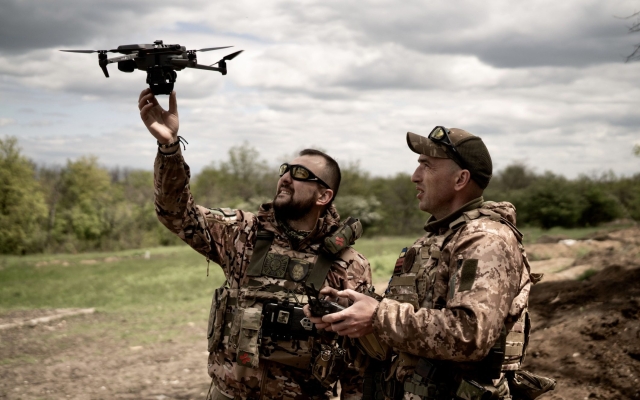 Drones were actively used by Ukraine in the war with Russia. Photo: Vincenzo Circosta/Anadolu Agency via Getty Images
Drones were actively used by Ukraine in the war with Russia. Photo: Vincenzo Circosta/Anadolu Agency via Getty Images
Neil Appleton, the BAE chief executive who is now Malloy's CEO, said heavyweight quadcopter drones have the potential to become the «Land Rovers of the air» because of their versatility.
He said: “The cost per hour of flight is much, much cheaper than a traditional helicopter and you don't have any risk to life.”
“So this type of product is set to become the workhorse of militaries around the world. They can save their valuable assets for more complex missions.»
According to BAE, the vast majority of helicopter missions now move payloads weighing 300 kg or less, meaning the military could use drones instead .
The T-650 will have a range of 30 kilometers on a single charge at maximum power. Its batteries can be quickly replaced.
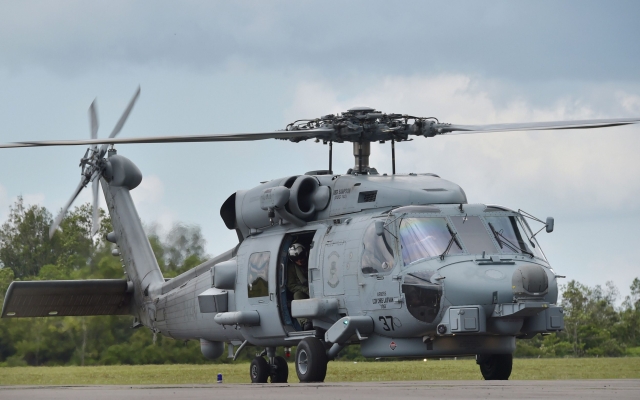 The US Navy's $37 million Seahawk helicopter costs about $14,500 an hour to operate . Photo: AFP PHOTO/ADEK BERRYADEK BERRY/Getty Images
The US Navy's $37 million Seahawk helicopter costs about $14,500 an hour to operate . Photo: AFP PHOTO/ADEK BERRYADEK BERRY/Getty Images
A helicopter will be much cheaper to operate than a helicopter. For example, the US Navy's $37 million (£29 million) Seahawk helicopter costs $14,500 an hour to operate, while drones would cost much less.
Mr Appleton said the T-650 , will most likely have a price tag of tens of thousands of pounds, or “approximately the price of a mid-range car.”
Drones were actively used by Kiev in the war with Russia. Their cheapness and ease of deployment have been used to devastating effect against larger, more expensive targets such as Russian tanks.
Malloy's unmanned aircraft could also be used to deploy weapons such as missiles in the future. Last year, during a NATO exercise, one of the company's drones successfully fired a Sting Ray torpedo.
Oriol Badia, Malloy's chief operating officer, said potential civilian applications for the technology include using it as an air ambulance, delivering repair equipment to wind turbines and oil rigs, and a number of other logistics tasks currently handled using aircraft.
< img src="/wp-content/uploads/2024/02/0e4d876ca4d3e3871f5c4856d3f307e6.jpg" /> Potential civilian applications of this technology include carrying repair equipment to wind turbines. Photo: Christopher Furlong/Getty Images Europe
Malloy's head office is in Maidenhead. and produces its drones there. Mr Appleton said there were plans to expand production lines as BAE seeks to sell drones to a wider group of NATO countries.
Mr Badia added: “This new step in our journey to BAE Systems will allow us combining the strengths and vision of a young company with the reach and support of an experienced company, which will ultimately give our customers the ability to scale their requirements and allow us to quickly deliver innovative new products, including the T-650.»
Enterprise, in which employs 80 people, will become part of FalconWorks, the research and development arm of BAE's aviation division.









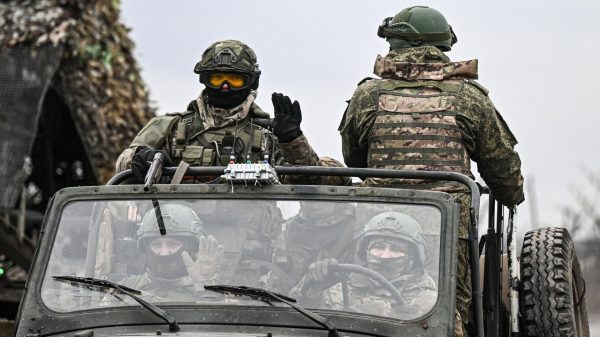
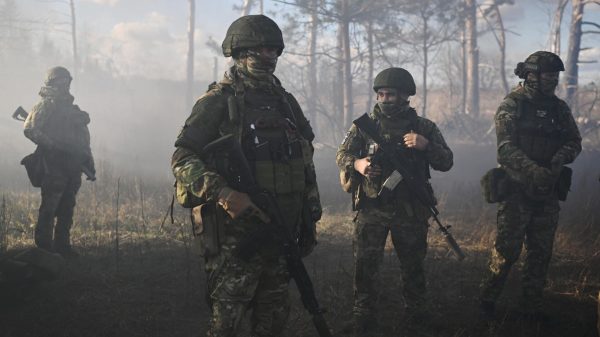









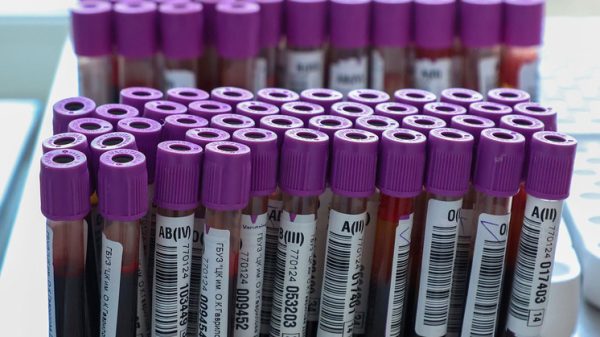



































Свежие комментарии